Interest rates are going up whatever the Fed does this week
US interest rates can only go in one direction – up, says John C Burford. The question everyone's asking is when.
In the investment world, all eyes are on the Fed; most people are wondering what Thursday's pronouncement will contain. Of course, you can read all manner of opinions as to what the Fed should (or shouldn't) do in the financial press and on blogs.
Personally, I don't play that game. But what is clear is that whatever they say on Thursday, they will have to follow the market at some point, and acknowledge that the trend in US interest rates is firmly up.
Here is a chart of the effective Fed Funds rate over the decades, showing how today's virtually-zero rate is unprecedented:
MoneyWeek
Subscribe to MoneyWeek today and get your first six magazine issues absolutely FREE

Sign up to Money Morning
Don't miss the latest investment and personal finances news, market analysis, plus money-saving tips with our free twice-daily newsletter
Don't miss the latest investment and personal finances news, market analysis, plus money-saving tips with our free twice-daily newsletter
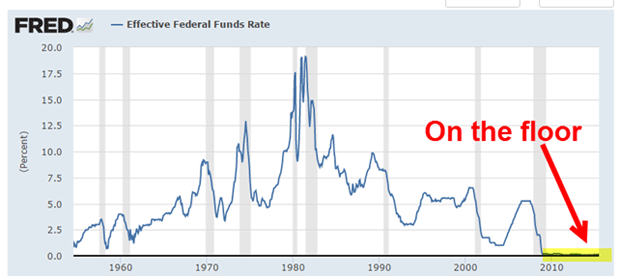
Remember, the effective Fed Funds rate is the rate on overnight balance transfers between banks of their accounts with the Federal Reserve.
And since the introduction of the Fed's zero interest rate policy (Zirp) in 2008, the Fed funds rate has been pinned to the floor in a deliberate attempt to 'stimulate' the economy.
But lately, this rate has been inching upwards. Currently, the effective federal funds rate is at 0.14%, compared to 0.09% last year. Needless to say, this is a lot lower than the long-term average of 5.02%.
Here is the chart from February to July, showing the gradual rise:
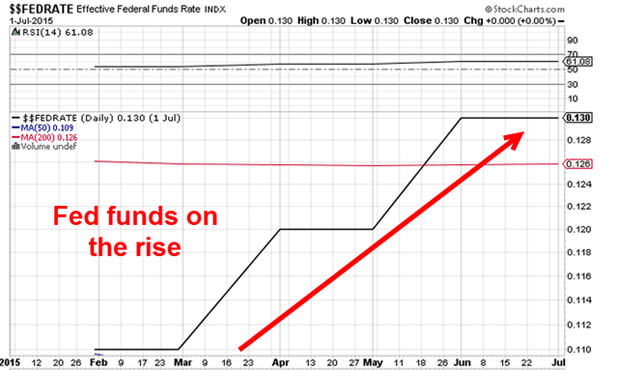
From the February rate of 0.110%, the market rate has risen by 18% in five months. I believe this is significant.
Also, note the crossing of the 200-day moving average (thin red line), which is usually taken as a change in trend.
Many are calling for a 'normalisation' of rates does that mean a rise to the long-term average of 5%? If that occurs, there will be mayhem in all markets.
US interest rates the long-term picture
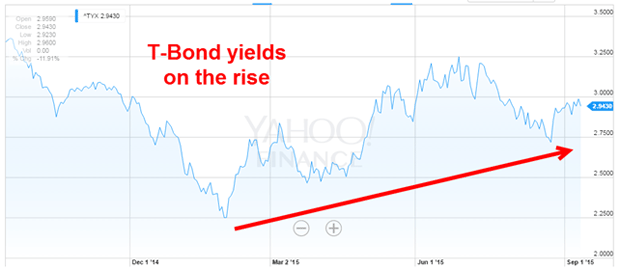
The 30-year Treasury yield bottomed out last year in the 2.25% area and today, it is at 2.94% a rise of 30%. This is a little surprising because inflationary pressures have been very weak with plunging commodities and wage/salary restraint almost everywhere.
The 30-year rate is determined partly by inflation expectations and these have been very moderate, not to say deflationary. If anything, the component from inflation should be much weaker than in normal times.
So what can explain the rising trend in yield? It cannot be the growing fear in financial asset markets, such as in stocks. When stocks are shunned, as occurred last month, there is usually a flight to the safety of Treasuries, driving yields lower.
Could it be the result of large-scale selling by China and/or other emerging markets as they must raise dollars to finance their operations and keep their bond dividend payments current? After all, the vast majority of international debt is denominated in US dollars.
Incidentally, this growing international (and US-based corporates) scramble for dollars to service debt will confound the pundits who forecast a dollar collapse. I have long maintained that the dollar will surge to reach the 120 value from the current 95 print.
In any case, it is clear that there is only one way for rates to go it is up off the floor. The only question is when.
We may get a clue on Thursday.
Get the latest financial news, insights and expert analysis from our award-winning MoneyWeek team, to help you understand what really matters when it comes to your finances.
John is is a British-born lapsed PhD physicist, who previously worked for Nasa on the Mars exploration team. He is a former commodity trading advisor with the US Commodities Futures Trading Commission, and worked in a boutique futures house in California in the 1980s.
He was a partner in one of the first futures newsletter advisory services, based in Washington DC, specialising in pork bellies and currencies. John is primarily a chart-reading trader, having cut his trading teeth in the days before PCs.
As well as his work in the financial world, he has launched, run and sold several 'real' businesses producing 'real' products.
-
 The most influential people of 2025
The most influential people of 2025Here are the most influential people of 2025, from New York's mayor-elect Zohran Mamdani to Japan’s Iron Lady Sanae Takaichi
-
 Millions of parents are missing out on up to £720 a year in extra pension cash – are you affected?
Millions of parents are missing out on up to £720 a year in extra pension cash – are you affected?A mum who narrowly missed out on the pension boost said she “never knew the government rule existed” and wants other parents to use it
-
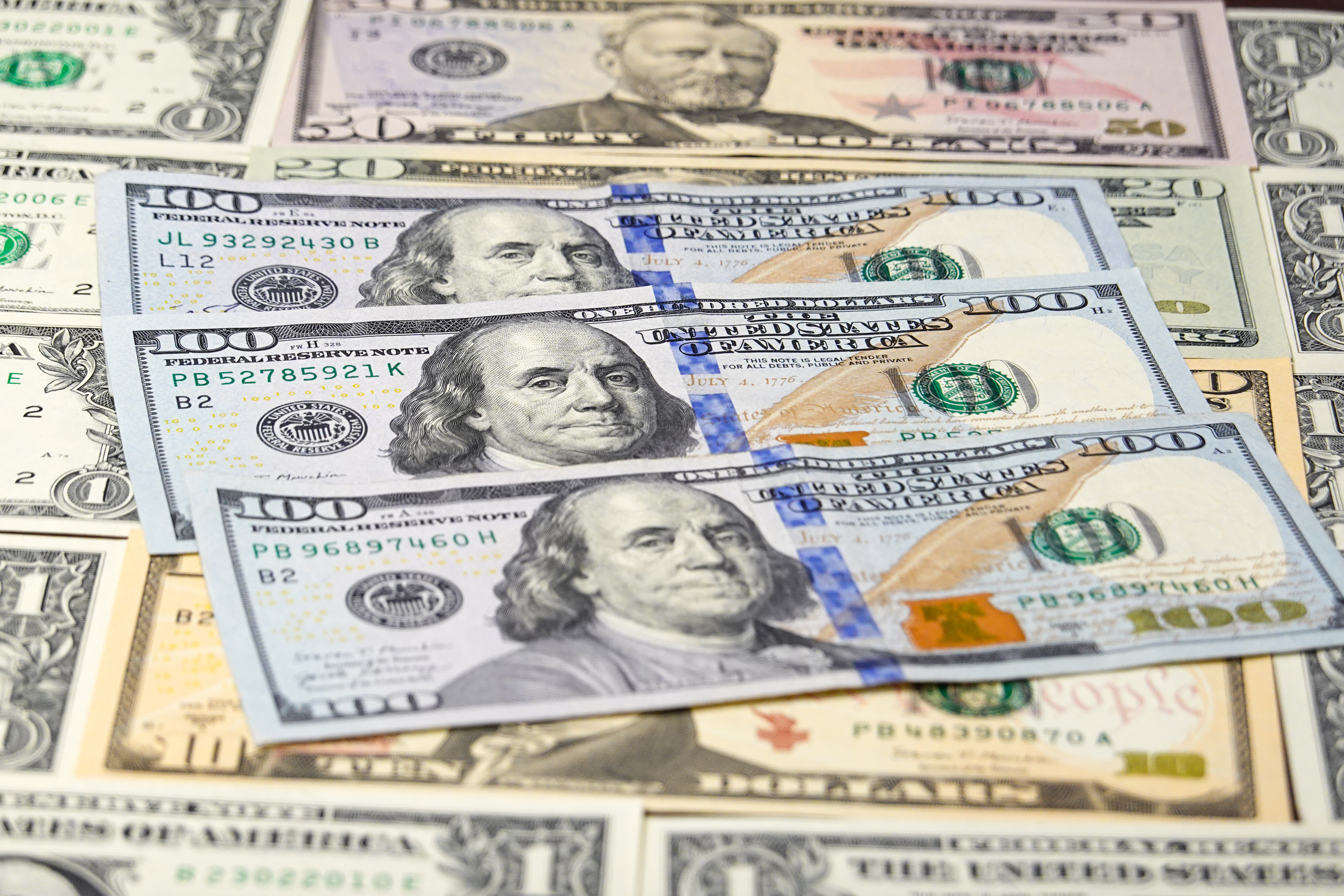 The challenge with currency hedging
The challenge with currency hedgingA weaker dollar will make currency hedges more appealing, but volatile rates may complicate the results
-
 It's time to back the yen, says Dominic Frisby
It's time to back the yen, says Dominic FrisbyThe Japanese yen has been weak for a long time, says Dominic Frisby. That may soon change.
-
 Why a strong dollar hurts – and what you can do about it
Why a strong dollar hurts – and what you can do about itAnalysis The US dollar is at its strongest level in 20 years. That’s bad news for most investment assets, says John Stepek – here’s why
-
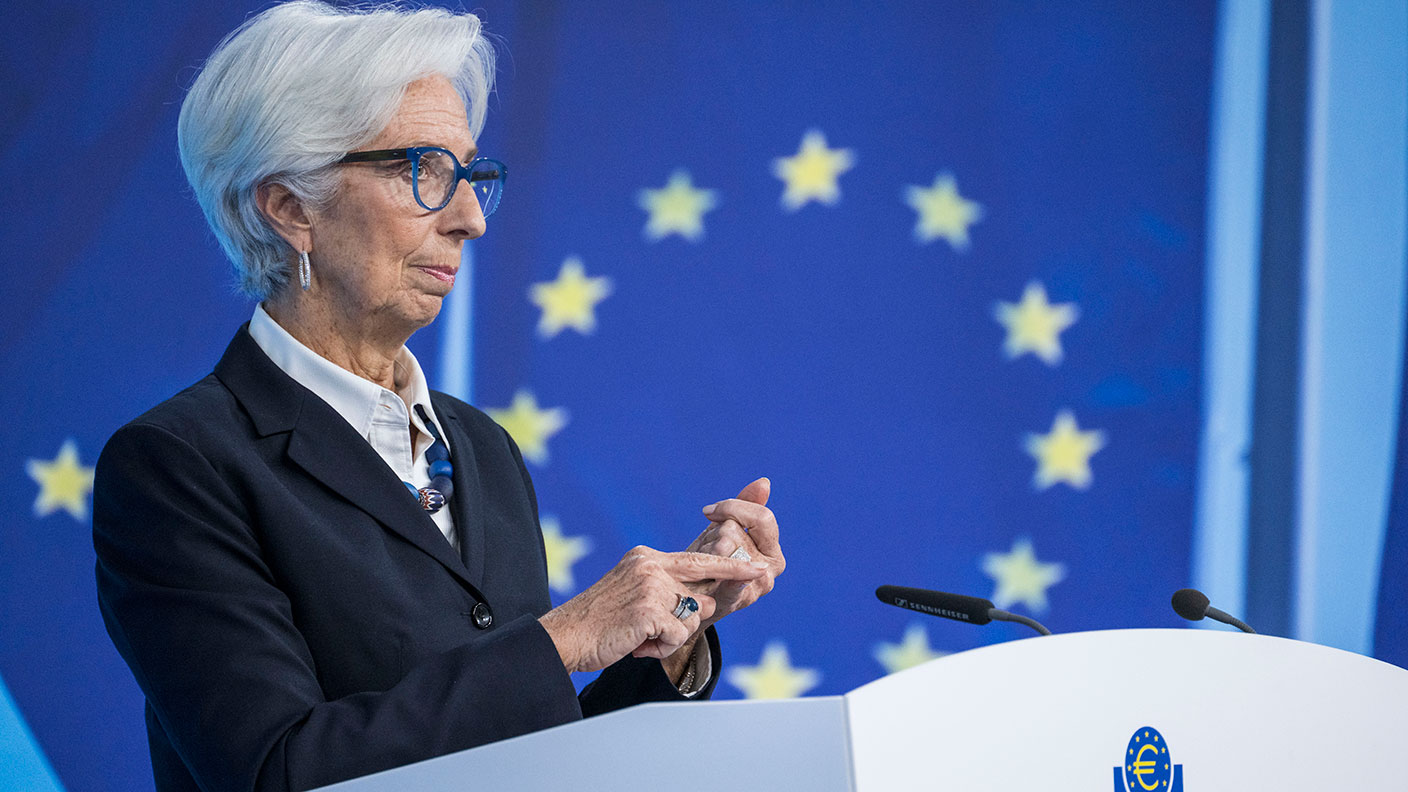 Could a stronger euro bring relief to global markets?
Could a stronger euro bring relief to global markets?Analysis The European Central Bank is set to end its negative interest rate policy. That should bring some relief to markets, says John Stepek. Here’s why.
-
 HubSpot: a tech stock set to tumble
HubSpot: a tech stock set to tumbleTips US tech stocks have had a fantastic couple of years. But this year is unlikely to be so bullish for high-fliers that can’t turn big profits.
-
 What does the future hold for central bank digital currencies?
What does the future hold for central bank digital currencies?Briefings Many of the world's central banks – including the Bank of England – have expressed an interest in creating their own digital currencies. Shivani Khandekar looks at the state of play in central bank digital currencies.
-
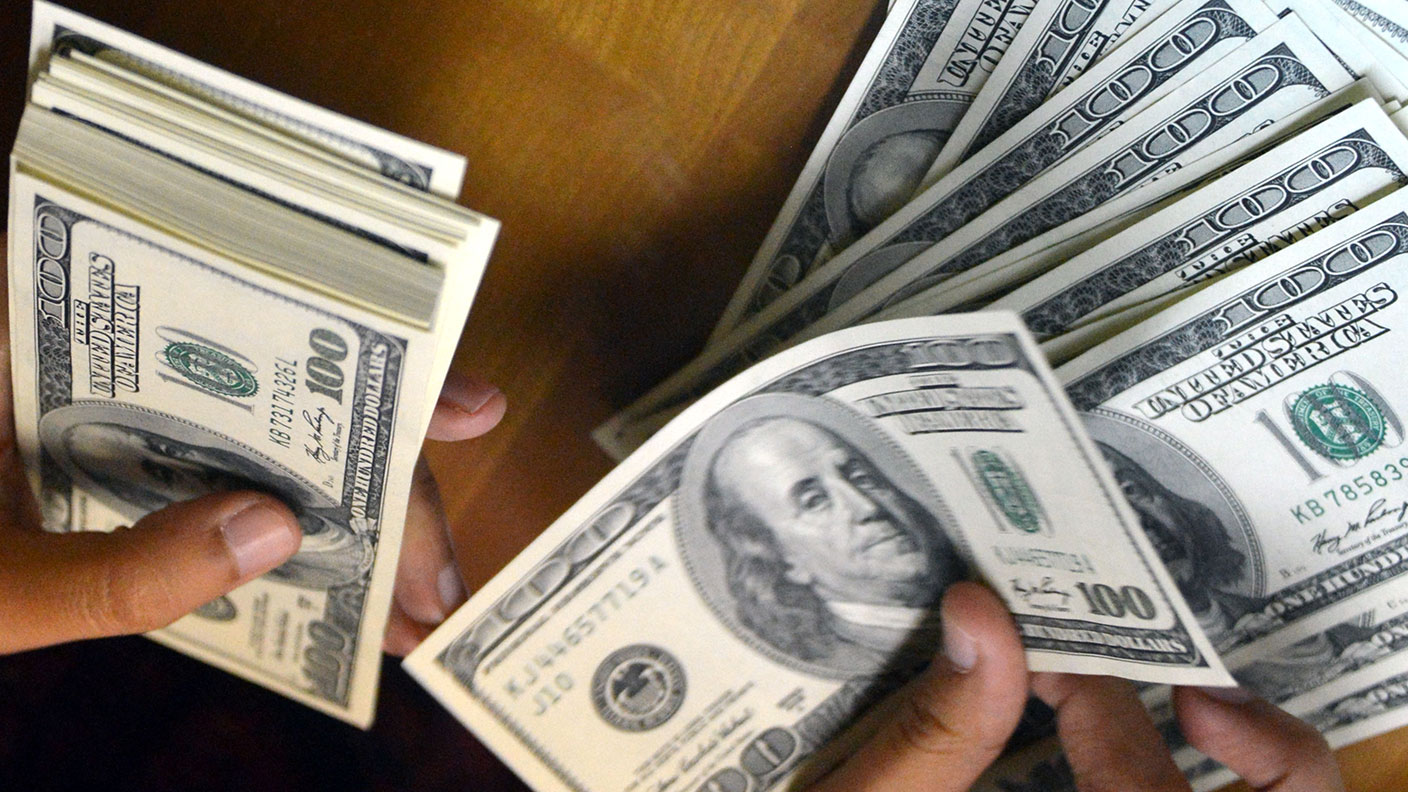 Will the market crash again? Watch the US dollar for clues
Will the market crash again? Watch the US dollar for cluesOpinion One of the biggest driving factors behind the market’s recent big sell-off was the bounce in the US dollar. John Stepek explains why the price of the dollar matters so much, and why investors should keep a keen eye on it.
-
 The US dollar’s days as the world's most important currency are numbered – it’s official
The US dollar’s days as the world's most important currency are numbered – it’s officialFeatures Central bankers reckon the dollar's days as the world’s reserve currency are numbered. But what could replace it? John Stepek takes a look at Bank of England governor Mark Carney's cunning plan.